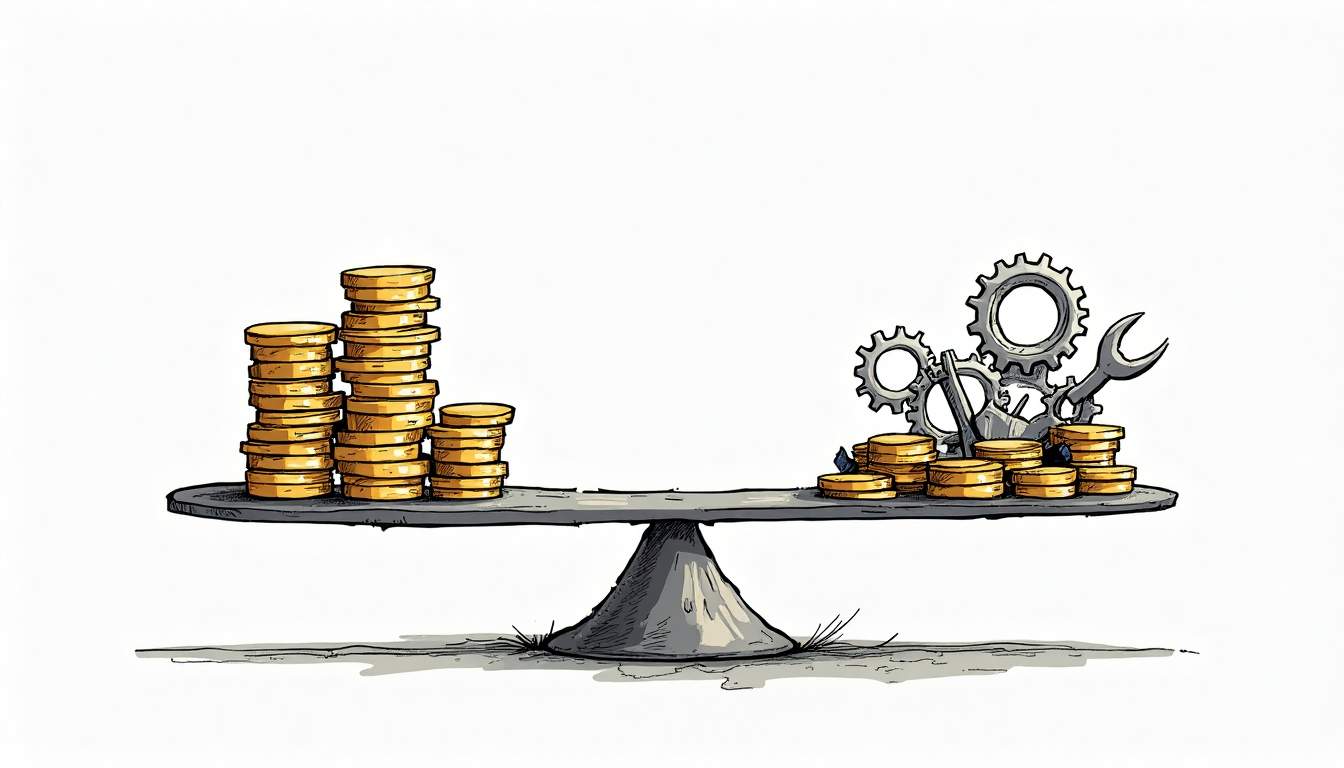In today’s competitive startup landscape, successfully developing a Minimum Viable Product (MVP) is not just about building fast but building wisely. Understanding the economics of MVP development and investment is crucial for efficiently allocating resources, minimizing risk, and maximizing your return on investment (ROI). This comprehensive guide explains how to strategically manage MVP development costs and align your investments with business milestones, ensuring your startup’s pathway to growth is both cost-effective and data-driven.
Whether you're a founder, product manager, or investor, mastering these financial strategies will help you make better decisions, reduce waste, and accelerate your product’s journey to market.
What Are the Economics of MVP Development?
MVP development economics refers to the financial planning, resource allocation, and cost control practices involved in building an MVP that quickly tests your product’s core hypotheses while keeping expenditures lean.
The key challenge: building just enough to validate demand and learn from real users without overspending on features or infrastructure that don’t add immediate value.

Cost Optimization Strategies for MVP Development
Prioritize Features That Drive Value
One of the most impactful ways to manage costs is by focusing on features that deliver the highest user value early on. Techniques like the MoSCoW prioritization method (Must have, Should have, Could have, Won’t have) help align your development with what truly matters.
Narrowing the MVP scope enables you to reduce time and budget while honing in on critical functionality.
Example:
A startup began with a broad feature list but shifted to building only the core user registration and product use paths first — this allowed them to launch faster and start collecting user feedback immediately.
Use Visual Planning Tools like User Story Mapping
Mapping user interactions visually ensures every feature ties back to a user need or business goal, avoiding unnecessary development.
Optimize Development Costs Through Outsourcing and Cross-Functional Teams
Outsourcing parts of your MVP development to agencies or freelancers in lower-cost regions can reduce expenses by up to 40%. However, it requires robust project management, clear communication, and quality controls to avoid costly rework.
Adopting Agile or Scrum frameworks facilitates collaboration across distributed teams, helping maintain alignment on objectives and timelines.
Leverage No-Code and Low-Code Platforms for Rapid Prototyping
No-code/low-code tools accelerate MVP creation, enabling up to 70% faster launches by reducing dependence on extensive engineering resources.
Beyond cost savings, these platforms often integrate analytics and feedback mechanisms, allowing you to iterate quickly based on actual user data.
Startups benefit by launching quicker, saving labor costs, and remaining highly adaptable to market shifts.
Lean Startup Methodology: Validated Learning to Conserve Resources
Building an MVP within a build-measure-learn cycle emphasizes iterative validation and pivots based on evidence — preventing costly missteps and avoiding feature bloat.
This methodology fosters a culture of innovation and careful resource use, key to thriving in fast-changing markets.

Strategic Investment Planning: Aligning Capital with Milestones
Fund Your MVP Development in Phases
Break your MVP journey into clear phases — ideation, prototyping, user testing, iteration — and allocate funding according to measurable milestones.
Examples of milestones include achieving a target number of active users or successfully validating a core feature.
This milestone-driven funding approach fosters financial discipline, minimizes risk, and builds investor confidence by demonstrating tangible progress.
Build Contingency Buffers to Manage Uncertainties
Market shifts or technical challenges may extend timelines and costs unexpectedly. Incorporate a 10-20% contingency reserve in your budget to cushion against such risks.
Regular, Transparent Communication with Investors and Stakeholders
Ongoing updates and detailed progress reports build trust and ensure collaboration. Transparency helps stakeholders provide timely feedback and supports confident decision-making around pivots or scaling.
Use Data Analytics to Guide Funding and Resource Allocation
Tracking user behavior, engagement, and conversion metrics supports data-backed investment decisions.
Prioritize funding toward features and marketing strategies demonstrating clear user traction and ROI potential.
Clear data bolsters your business case for future fundraising rounds.
Financial and Development Phase Cost Breakdown
Ideation and Research
Investment focuses on market research, user interviews, and hypothesis validation.
Risk reduction through evidence gathering guides efficient concept development.
Prototype and Early Development
Prioritize building lightweight prototypes to test key user flows.
Costs reduce significantly by leveraging no-code platforms or outsourcing.
User Testing and Validation
Invest in analytics tools, user testing platforms, and A/B experimentation to derive actionable insights.
This phase secures product-market fit signals critical for attracting further investment.
Iteration and Scaling
Costs increase as you build out full features, optimize performance, and expand marketing reach.
Successful milestones serve as launchpads for Series A and beyond.
Accelerating MVP Economics with AI-Driven Sprint Development
Navigating these economic complexities can be accelerated with well-structured sprint programs enhanced by AI insights. For instance, Wednesday Solutions’ Launch program offers a sprint-based approach starting with Sprint Zero — a no-risk, research and planning sprint that ensures focused backlog prioritization directly aligned with user and business needs.
This program continues with fast-paced, fixed-price two-week sprints, enabling startups to run multiple rapid experiments, significantly cut development time (by approximately 40%), and optimize cost-efficiency throughout the MVP lifecycle.
By integrating AI-driven analytics with lean development cycles, teams make smarter, data-backed decisions faster, ultimately maximizing ROI and speeding up the journey to product-market fit.
Mastering MVP Economics for Sustainable Success
MVP development is both a strategic product and financial exercise. Optimizing feature scope, leveraging modern development tools, aligning investments with milestones, and adopting iterative learning cycles are essential to maximizing your MVP’s economic efficiency.
By applying these principles, startups can reduce waste, accelerate learning, and build compelling products that delight users and attract continued investment.
Utilizing expert sprint frameworks, like those offered by Wednesday Solutions, further boosts your ability to manage costs while scaling rapidly — empowering you to invest confidently in the future of your product.






